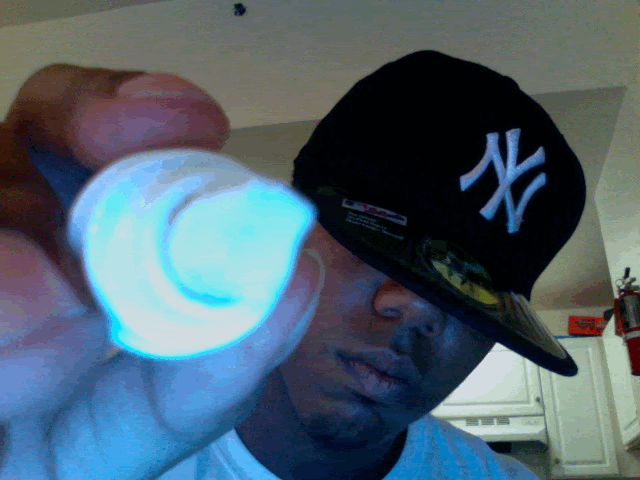However, Norman is on point about the advancement of technology. "Whenever the number of functions and required operations exceeds the number of controls, the design becomes arbitrary, unnatural, and complicated" (31). I had an mp3 players that was alleged to be an "iPod Mini Killer" because of all of the extra features it had in addition to its four gigabyte hard drive. These features included a text reader, equalizer, photo storage, and voice recorder. However, he only controls were a multi-directional touch pad, and power button. I hated that mp3 player with a passion because you couldn't do more than one thing. And the adjustments for the options were touch sensitive, and often, I was fumble with the settings on board for a number of minutes until I got what I wanted. As soon as came across Norman's ideas, I started to enjoy the book. I hope that there is more in store for this class, and from the book
Monday, September 7, 2009
9/7/09 Learning Log 1 "The Psychopathology of Everyday things"
I picked up "The Design of Everyday Things" at the school bookstore, and it was almost immediately pushed to the side on my little desktop of horrors. I picked up a few days ago, and realized that it should be have a place on my desk. The analysis of interfaces in the book is great because it addresses the most basic parts of design while highlighting some the failures within the designs of everyday objects. I enjoyed Norman's story about his friend becoming "trapped" inside the entryway of a European post office (3). While the story was humorous in itself, the whole point of the story is to explain that the design of interfaces can often have problems for its users, all because things were not mapped, and properly planned for. Norman's friend was trapped within the entryway because the doors were not properly labeled for whichever movement was required. While his missed step can be considered a catalyst for the predicament, if the doors had been affixed with a push or pull emblem, that story would probably remained fiction. Throughout the first chapter, it seemed like there was nothing but poor documentation, very short oversight, and a lack of user friendliness. One part of the book I enjoyed was the imprint of "Carelman's Coffeepot for Masochists" from Jacques Carelman's book series (Norman 2).
Subscribe to:
Post Comments (Atom)

No comments:
Post a Comment